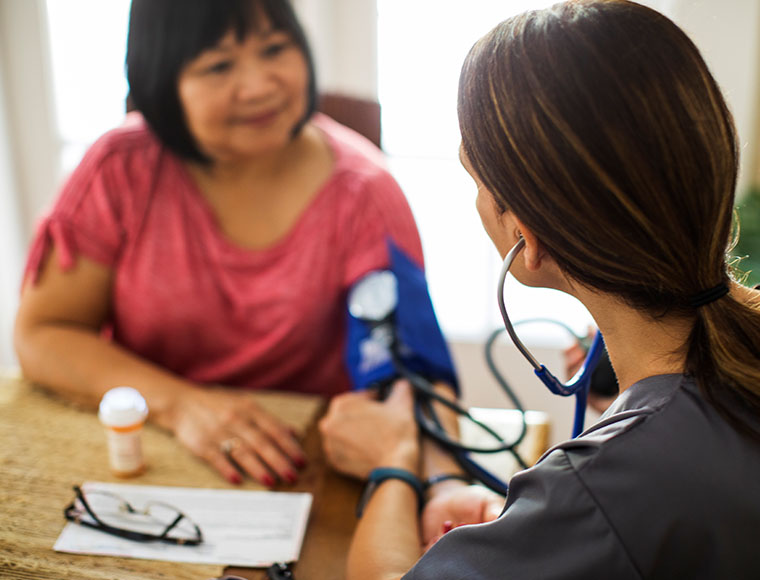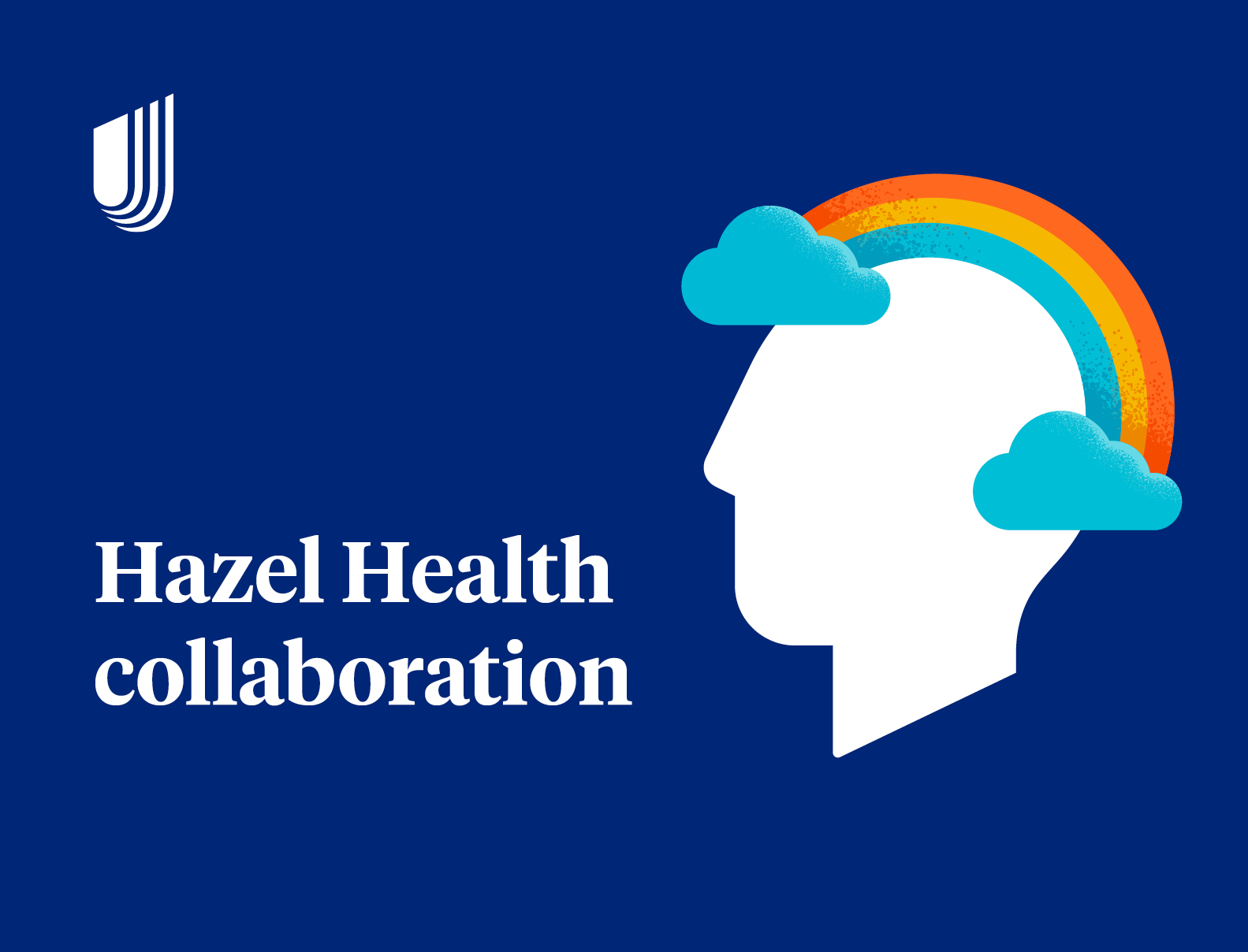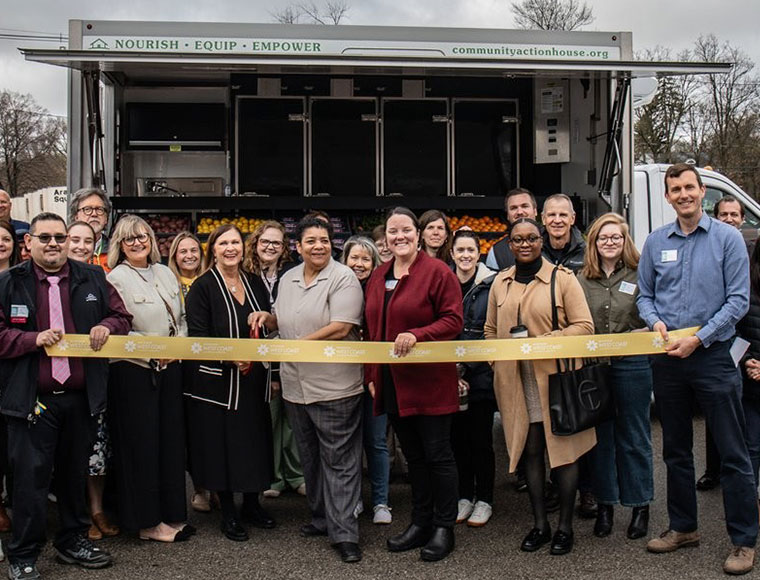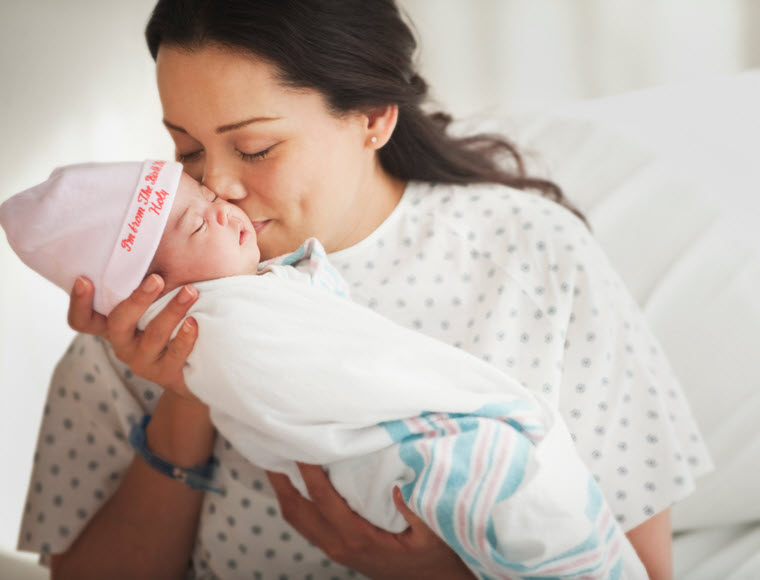Many families have trouble purchasing essential needs, including diapers. Diaper insecurity is a crisis that can affect 1 in 3 families. The inability to keep infants and toddlers clean and dry can lead to negative health consequences such as diaper rash and urinary tract infections.
UnitedHealthcare Community Plan of Michigan established an Emergency Diaper Bank to address the growing need across the state and to support members who needed diapers. The diaper bank distributed two packs of diapers directly to members who were pregnant or who had a child under the age of 2.
Diaper drive turns into bigger outreach
As supplies were delivered, staff unexpectedly received a large number of requests for bigger sized diapers. They realized this was due to parents and caregivers who were having issues potty-training children. To help caregivers meet these needs of older children, they worked with community action agencies, local diaper banks and other interested community partners to create and distribute 700 potty-training kits.
By bringing together community-based resources and addressing social drivers of health, the Community Plan of Michigan created a positive approach that met a larger need to an ongoing crisis.
To date, the Community Plan of Michigan has delivered more than 30,000 diapers directly to members, and more than 50,000 diapers to the community at large. The average family could save more than $9001 a year when a toddler is potty trained and no longer needs diapers.
Costly diapers can cause financial and health challenges
Those at greatest risk for diaper insecurity are caregivers under 26 years of age, people with less than a high school education, and parents or caregivers who are Latino. Diaper insecurity is more common in households where someone was unemployed before the pandemic. It is also more prevalent in homes with a 2019 income equivalent under $50,000.
Individuals who reported not having enough diapers for their children were more likely to report symptoms of depression or to live with a person who has a chronic illness.2 They were also more likely to experience food insecurity.











